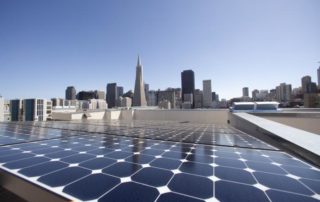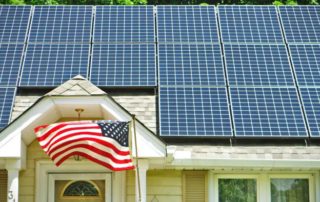panels
Why Spring is the Perfect Time for a Solar Panel Installation
Spring has officially arrived, and with it, warmer weather. This is the time of year when homeowners start flipping on air conditioners and enjoying more time outdoors before temperatures rise. While many associate spring with fresh starts and plenty of deep cleaning, it is also the perfect time to start a solar panel installation. It’s no surprise that the hottest days of the year typically come in June, July, and August, with some southern states even experiencing high temperatures through September. But what can be a surprise to many is the significantly higher utility bill due to increased energy consumption. More ...
Do solar panels use light or heat to generate electricity?
Confusion over the impact of heat and light on solar power starts with the fact that there are different types of solar power. One type of power, called solar thermal, uses the sun's light to generate heat, which can be used for things like household hot water or to generate steam to drive turbines and generate electricity. But those panels require complex integration with hot water systems to operate. The other type of solar power is generated by photovoltaic (PV) solar panels, which use light to generate electricity directly. Many people think the most efficient place to generate power with ...
IBC vs. PERC: What’s the Best Type of Solar Panel
Solar manufacturers are always looking for new ways to make solar cells more efficient, so there are different types of solar panel technologies for customers to choose from, offering varying levels of efficiency and reliability. Cells known as "Passivated Emitter and Rear Contact" are becoming more common. PERC solar cells are an iteration of conventional cells and have an extra layer on the back side, allowing some of the sun's light to be reflected back into the solar cell. The layer gives the sun’s rays a second chance to be absorbed and converted into energy. This modification makes PERC solar ...




